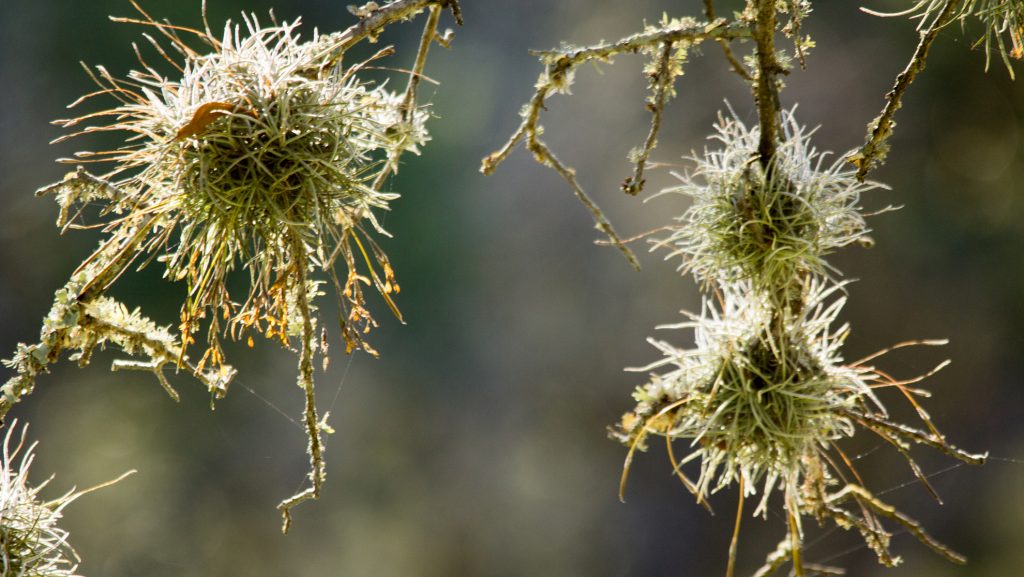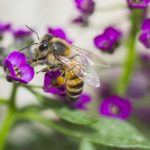Ball moss or mistletoe hanging out in the canopy of your yard won’t necessarily kill your trees, but it’s good to know the difference between these often-misunderstood plants.
With the loss of tree leaves during winter, strange plants inhabiting tree canopies become more apparent. While some are unattractive and completely harmless, others can do some damage if not kept under control.
Here’s a few facts behind the folly of feared foliage spotted high up in the tree canopy.
Ball Moss
The Tillandsias, including ball moss and Spanish moss, are epiphytes (air plants) that use trees only for support. They are not parasites.

Many people believe ball moss is somehow absorbing nutrients from the host tree and causing damage, but that’s not true. In fact, ball moss absorbs nutrients and water through the air and by using small dust particles that stick to its leaves. There are more than 500 species of tillandsias distributed all over the United States where temperate climates support the growing conditions it requires.
Ball moss is an evergreen perennial plant that flourishes all year in the form of ice blue spikes. Its leaves are long, conical, greenish-gray tentacles covered with a whitish powder. Tillandsia’s method of reproduction is quite peculiar: thousands of seeds in the form of very fine hairs are deployed by the air until they adhere to any wet surface where they will stick and grow a new plant.
Don’t worry if you see these acrobats hanging from the tallest branches of your trees — they’re not causing any damage. They prefer branches that are moist, dead or in the process of decay — that’s why they’re often associated with the demise of the tree. If you find them unsightly, hire a tree professional to remove them. Otherwise, rest assured ball moss is not harming your tree.
Mistletoe
Now let’s talk about a plant that does take from your trees: mistletoe. Phoradendron, from the Greek word “tree theft,” is a plant far from all the countless poems of love it has inspired — and of the infinite kisses exchanged beneath its shadow.

Mistletoe is a hemiparasite plant that grows on deciduous trees absorbing nutrients and water, causing problems to the hosting branches and death if it’s a small tree. We say hemiparasite because it’s also capable of performing its own photosynthesis and will not depend on the host plant 100 percent.
Mistletoe is propagated by seeds that are so sticky they adhere to the beak or plumage of birds, which are primarily responsible for spreading mistletoe to the new growing site.
Mistletoe must be controlled to safeguard the health of the host tree. Because mistletoe takes about three years to mature and produce seed (whitish berries), controlling it before it goes to seed will keep it from reproducing.
Plants within the tree canopy will not necessarily kill your tree and may not require the services of a certified arborist, but it’s good to know the difference between ball moss and mistletoe.
Mistletoe may cause damage (and sometimes death), while ball moss, which is very visible in our oaks in San Antonio, will not affect the health of the tree at all.




